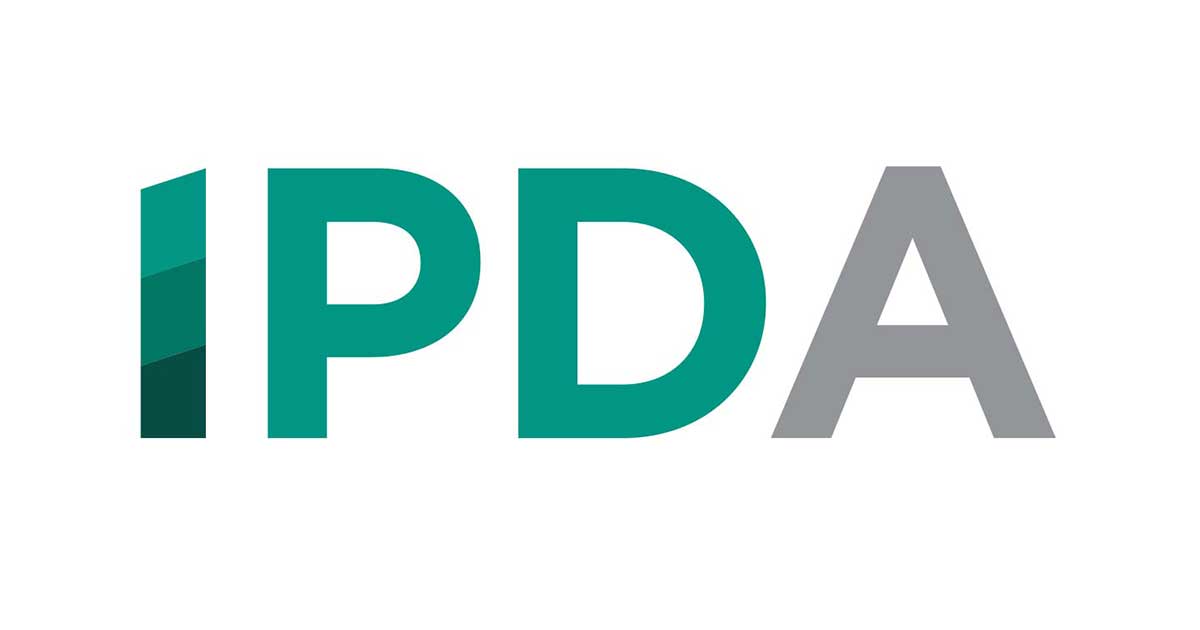From theory to practice: A holistic exploration of integrated project development (IPD)
Abstract
Collaborative approaches in the construction sector have recently gained in popularity and begun to be widely regarded as the way forward in overcoming the challenges inherent in the sector, underlining the need for a more nuanced understanding of its various theoretical underpinnings and practical applications. To this end, this research explores in depth one of the most innovative collaborative approaches, Integrated Project Delivery (IPD). Initially, the research addresses the lack of an R&D framework in the IPR field and simultaneously highlights the need for such a framework to determine the way forward in research and development. An R&D framework for IPR was developed on the basis of an in-depth literature review of 175 articles, then validated by a panel of experts and a research project comprising three case studies. The research path builds on this fundamental knowledge by introducing a new qualitative IPR maturity matrix. Formulated on the basis of observations of successful IPR implementations, this matrix is designed as a robust tool, filling existing gaps in qualitative indicators and ensuring an informed and optimized approach to IPR deployment. In the final stage of the study, the transformative influence of IPR is examined, in particular its “ripple effect” on organizational practices and procedures. Taken together, these milestones provide a comprehensive account of the development of IPR, from its theoretical foundations to its implementation.
Project results
Project contributions
Publications
Publications from this project are available below:
Research team
The project team :
Similar research
Explore our research in more depth by exploring these related studies and resources:



